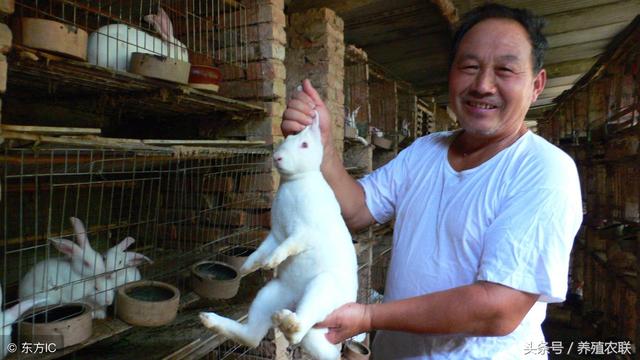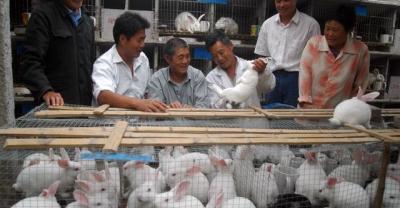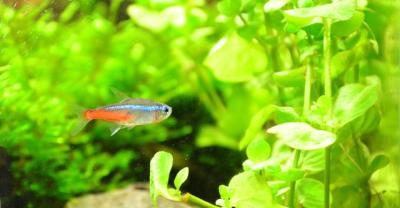Raising rabbits is different from other breeding, feeding should be in order.
In the process of raising rabbits, many people are used to mixing all kinds of feed and think that this auspicious feed is convenient, as long as it is timed, quantified and fixed, and does not pay much attention to the order of feeding. In fact, this is unscientific.

Raising rabbits
Raising rabbits: guidelines for blood matching of rabbits, the reproduction rate has been significantly improved if the technology is appropriate.
As far as rabbit feeding is concerned, paying attention to sequence is a basic technology that can not be ignored. Because there are many basic feeds of rabbits and come from natural resources, the time and nutritional composition of each breed staying in the digestive tract are different. therefore, according to the feeding habits of rabbits, the feeding sequence can not only be fully digested and absorbed, but also reduce the occurrence of digestive tract diseases.

Raising rabbits
In general, the specific feeding method for raising rabbits is as follows: green feed is given priority to in summer and autumn, supplemented by concentrate and supplemented by coarse feed, in the order of hay (quantitative)-concentrate (quantitative)-green feed (to meet the supply), and light salt water is fed 30 minutes after eating. Hay is the main feed in winter and spring, supplemented by concentrate, and supplemented by fresh green vegetables and root feed. The order is hay (quantitative-half)-concentrate (quantitative)-fresh green feed (quantitative)-hay (to meet the supply). Brine was fed 30 minutes after eating.
Raising rabbits: five urging methods to improve the efficiency of raising rabbits, master physiological habits, set the pace to make money

Raising rabbits
According to the experiments of some rabbit farmers, the feeding order of raising rabbits is quite different from that of mixed feeding. Taking 100-day-old rabbits as an example, the weight gain of 100-day-old rabbits was about 50 grams more than that of mixed feeding, and the incidence of digestive tract diseases was 17% lower.
Friends who are interested in aquaculture can follow the official account: aquaculture one by one, and there are wonderful breeding information and technical articles to share every day. Email address: [email protected].
- Prev

A brief talk on the "dispute between China and Italy" by Italian beekeepers in the past 40 years
I do not know when the dispute between bees and Italian bees has become the focus of debate among beekeepers and honey eaters, beating their heads hard, but this seems to be another one that will never win.
- Next

Mink breeding: feeding and management of mink in winter hair period
The winter hair growth period of minks is from September to December. Young mink to September, bone growth period has passed, mainly muscle growth and fat deposition, summer hair, long winter.
Related
- On the eggshell is a badge full of pride. British Poultry Egg Market and Consumer observation
- British study: 72% of Britons are willing to buy native eggs raised by insects
- Guidelines for friendly egg production revised the increase of space in chicken sheds can not be forced to change feathers and lay eggs.
- Risk of delay in customs clearance Australia suspends lobster exports to China
- Pig semen-the Vector of virus Transmission (4)
- Pig semen-the Vector of virus Transmission (3)
- Five common causes of difficult control of classical swine fever in clinic and their countermeasures
- Foot-and-mouth disease is the most effective way to prevent it!
- PED is the number one killer of piglets and has to be guarded against in autumn and winter.
- What is "yellow fat pig"? Have you ever heard the pig collector talk about "yellow fat pig"?

